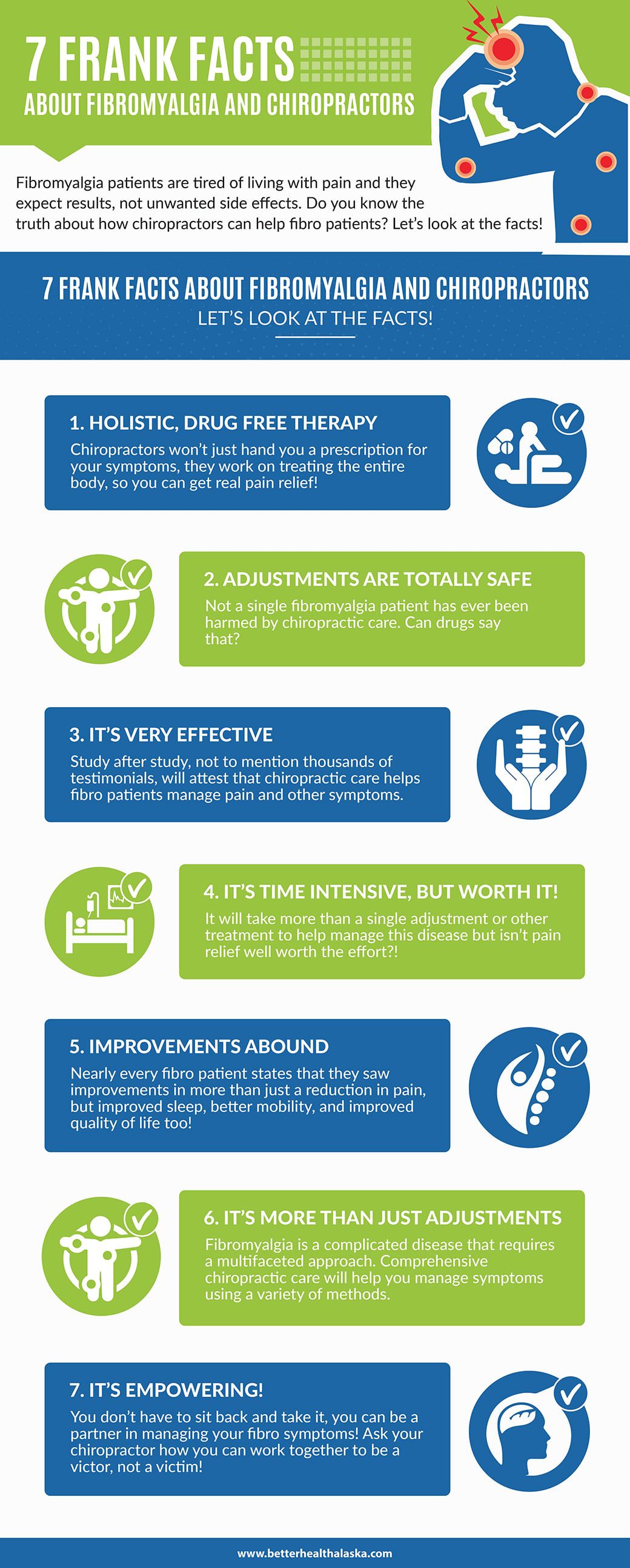Discovering The Science Behind Cold Laser Treatment: Analyzing Its Devices And Effects
Discovering The Science Behind Cold Laser Treatment: Analyzing Its Devices And Effects
Blog Article
Short Article Developed By-Jespersen Hanna
You may have heard of cold laser therapy as a promising treatment option for various conditions, however have you ever before wondered just how it actually works with a cellular degree? Recognizing the systems behind this treatment can clarify its effectiveness in promoting healing and minimizing inflammation. By discovering the science behind cold laser therapy, you'll obtain insights right into the fascinating methods which light can affect cellular processes and promote cells fixing.
Exactly How Cold Laser Therapy Works
To comprehend just how cold laser treatment works, you require to grasp the fundamental principles of how light power communicates with organic tissues. Cold laser therapy, also known as low-level laser therapy (LLLT), makes use of certain wavelengths of light to permeate the skin and target underlying tissues. Unlike the extreme lasers made use of in surgical procedures, cold lasers emit reduced levels of light that don't produce warm or create damages to the tissues.
When these gentle light waves get to the cells, they're taken in by components called chromophores, such as cytochrome c oxidase in mitochondria. This absorption sets off a collection of organic responses, consisting of raised mobile energy production and the launch of nitric oxide, which improves blood flow and decreases inflammation.
Moreover, the light power can additionally boost the production of adenosine triphosphate (ATP), the power currency of cells, helping in mobile fixing and regeneration procedures.
Fundamentally, cold laser therapy utilizes the power of light power to promote recovery and minimize pain in a non-invasive and mild manner.
Devices of Action
Exactly how does cold laser therapy really function to generate its restorative effects on organic tissues?
Cold laser therapy, likewise called low-level laser treatment (LLLT), operates with a procedure known as photobiomodulation. When the cold laser is related to the skin, the light power permeates the tissues and is absorbed by chromophores within the cells.
These chromophores, such as cytochrome c oxidase in the mitochondria, are then promoted by the light energy, causing a cascade of biological responses. One key system of activity is the improvement of mobile metabolic process.
The taken in light energy boosts ATP manufacturing in the mitochondria, which is critical for cellular feature and repair. In addition, cold laser therapy helps to minimize inflammation by inhibiting inflammatory moderators and promoting the release of anti-inflammatory cytokines.
laser skin resurfacing huntington ny anti-inflammatory impact adds to discomfort relief and cells healing.
Restorative Results
Comprehending the healing results of cold laser therapy includes identifying how the boosted mobile metabolic process and anti-inflammatory buildings add to its favorable end results on biological cells.
When the cold laser is put on the damaged location, it promotes the mitochondria within the cells, causing enhanced production of adenosine triphosphate (ATP), which is critical for mobile feature and repair. This increase in mobile power increases the recovery procedure by advertising tissue regrowth and minimizing swelling.
In addition, the anti-inflammatory properties of cold laser therapy aid to reduce discomfort and swelling in the targeted location. By preventing inflammatory moderators and advertising the launch of anti-inflammatory cytokines, cold laser therapy help in relieving discomfort and boosting the overall recovery reaction.
This reduction in inflammation not just gives instant relief but likewise supports long-lasting tissue repair.
Conclusion
To conclude, cold laser therapy works by stimulating mobile fixing and tissue regeneration with photobiomodulation. Its anti-inflammatory homes supply pain relief and lower swelling by preventing inflammatory mediators.
This therapy provides a comprehensive approach to healing, providing both prompt alleviation and long-term tissue repair advantages.
With Read Far more of action, cold laser therapy verifies to be a reliable and promising therapy alternative for a range of conditions.
